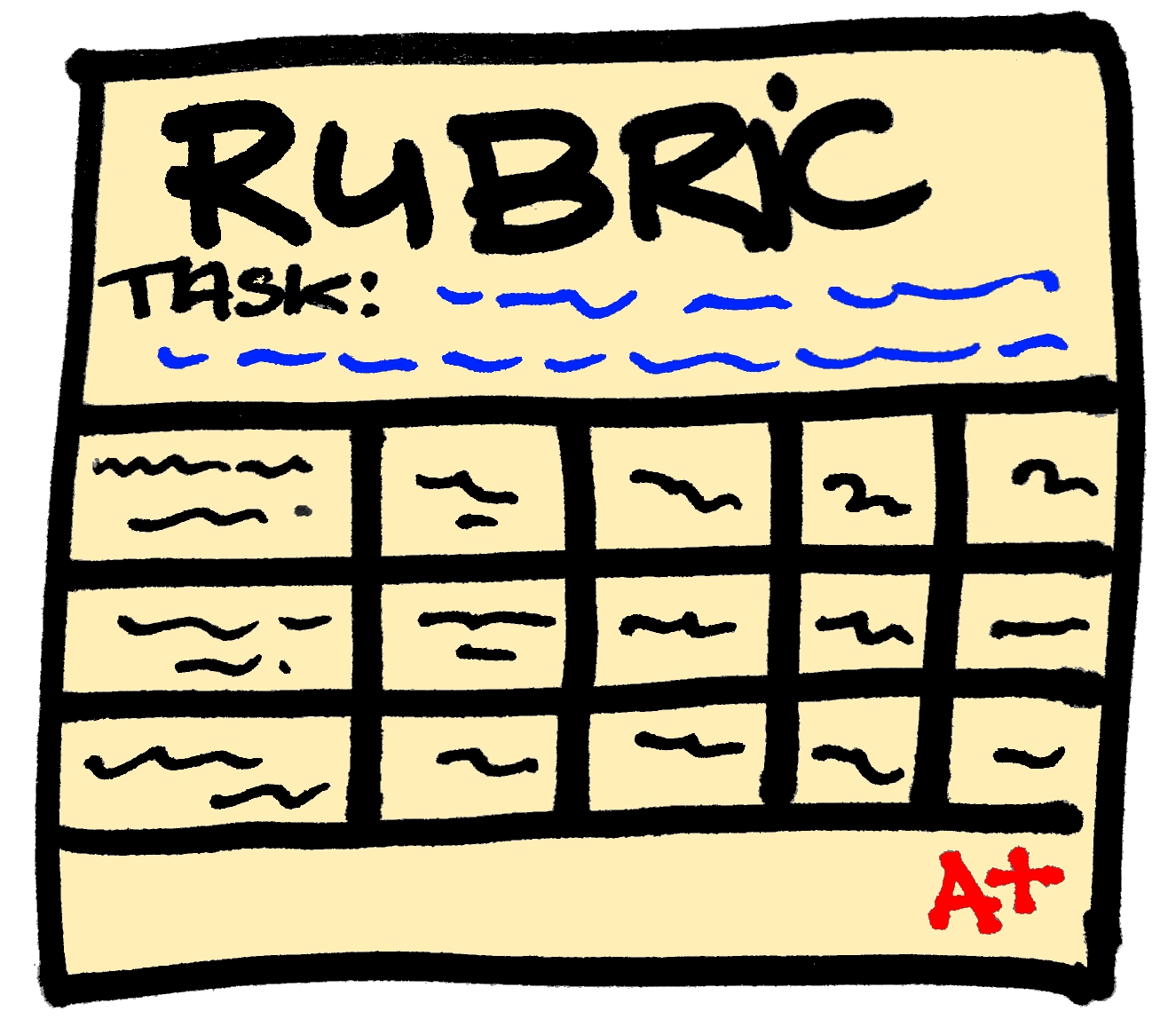Welcome back! This week's post is all about Google add-ons and extensions for classroom use. I'll be discussing 5 categories of tools (with examples for each). If you're unfamiliar with add-ons and extensions, check out the videos below!
Materials Generators
Materials generators "help teachers and students produce instructional materials on paper and online." (Roblyer, 2016, p. 141) These extensions are engaging and helpful for organizing information.
 |
| What could I be? Scan me! |
- Lucidchart
- Lucidchart is a handy extension for creating graphic organizers.
- There are many templates to choose from and add to your Drive!
- The QR Code Extension
- This extension allows anyone to create a QR code from a website's URL.
- Teachers could use this with educational websites for students!
Testing & Grading Tools
Testing and grading tools "help teachers collect and track assessment information to measure student progress." (Roblyer, 2016, p. 141) These extensions are perfect for providing feedback and viewing statistics!
 |
| No more messy handwriting! |
- Goobric
- Designed to work alongside Doctopus
- Goobric lets teachers access scoring rubrics in the same tab as Google Documents being scored.
- It can automatically email rubrics to students.
- Flubaroo
- Flubaroo lets teachers grade and see average scores, frequently missed questions, and more!
- Similar to Goobric, it can email scores to students.
Graphics Tools
Graphics tools "allow manipulation of images to illustrate documents and Web pages." (Roblyer, 2016, p. 141) These extensions could be fun for students to flex their creativity in the classroom!
 |
| Clearly not this person's passion. |
- PicMonkey
- PicMonkey is an extension that lets users edit images found online: add text, crop, rotate - lots of options.
- Teachers and students should consider using Creative Commons to find images.
- Copycat
- Copycat saves images and text from the internet and keeps a reference of the source.
- Saved information can be pasted into online editors like Google Docs.
Planning and Organizing Tools
Planning and organizing tools "help teachers and students conceptualize, organize, and communicate their ideas." (Roblyer, 2016, p. 141) These extensions would help teachers and students keep assignments organized!
 |
| Teamwork makes the dream work! |
- Doctopus
- Designed to work with Goobric
- Doctopus gives teachers control over assignment templates, automatically sending individuals or groups Google Doc assignments on their level.
- I highly recommend checking out all the features!
- Linkclump
- Linkclump lets users open, copy, or bookmark multiple links on a webpage simultaneously.
- This would be helpful for online research projects!
Research & Reference Tools
Research and reference tools "let students look up information in electronic versions of encyclopedias, atlases, and dictionaries." (Roblyer, 2016, p. 141) Both extensions below would benefit students doing online research.
 |
| Not the best source for your research paper. |
- EasyBib
- EasyBib is a toolbar extension that lets students automatically generate citations for websites.
- EasyBib offers advice on the credibility of the website being cited!
- Google Dictionary
- Google Dictionary is an extension that lets students double-click a word and see its definition.
- It also stores a history of defined words.

That's it from me! For more extension ideas, click here.
Roblyer, M.D. (2016). Integrating Educational Technology into Teaching. New Jersey: Pearson.

This is BEAUTIFUL! Betsy your posts are always so helpful. Software tools can be so helpful in the classroom. Roblyer 2016 says, "software support tools can improve efficiency and productivity" (p.141) which is so evident in every tool you've shared with us! Thanks for sharing!
ReplyDeleteLooks like you and I had some of the same add-ons we found! I definitely love Easy bib! It is hard enough to cite as an adult let alone in elementary school! This will teach our students at a young age to give credit where credit is due which is great! Research and reference tools "let students look up information in electronic versions of encyclopedias, atlases, and dictionaries." (Roblyer, 2016, p. 141) That's exactly what this add-on is designed to do! What other ways can we teach our students to "give credit where credit is due" at a young age?
ReplyDeleteOnce again, I am so jealous of how put together your blog is! I LOVE it! I tried to look for the Doctopus software you shared but I was unable to find it. The totle had me wondering what it was about and the description makes it sound so interesting! I am definitely an organized person and Roblyer says, "planning and organizing tools help teachers and students conceptualize, organize, and communicate their ideas" (p. 141). I can't wait to use these software in my class! So Excited!
ReplyDeleteThank you so much for your sweet comments!
DeleteThe big, bold title for each extension or add-on is a link. For Doctopus, the link should take you to a page in the Chrome store for the add-on. It's easy to install from there! :)